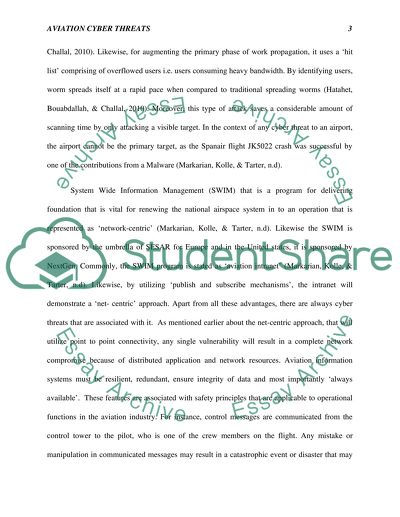Cite this document
(“Aviation Cyber Threats Essay Example | Topics and Well Written Essays - 3000 words”, n.d.)
Retrieved from https://studentshare.org/information-technology/1444998-assess-the-primary-cyber-threats-to-an
Retrieved from https://studentshare.org/information-technology/1444998-assess-the-primary-cyber-threats-to-an
(Aviation Cyber Threats Essay Example | Topics and Well Written Essays - 3000 Words)
https://studentshare.org/information-technology/1444998-assess-the-primary-cyber-threats-to-an.
https://studentshare.org/information-technology/1444998-assess-the-primary-cyber-threats-to-an.
“Aviation Cyber Threats Essay Example | Topics and Well Written Essays - 3000 Words”, n.d. https://studentshare.org/information-technology/1444998-assess-the-primary-cyber-threats-to-an.


